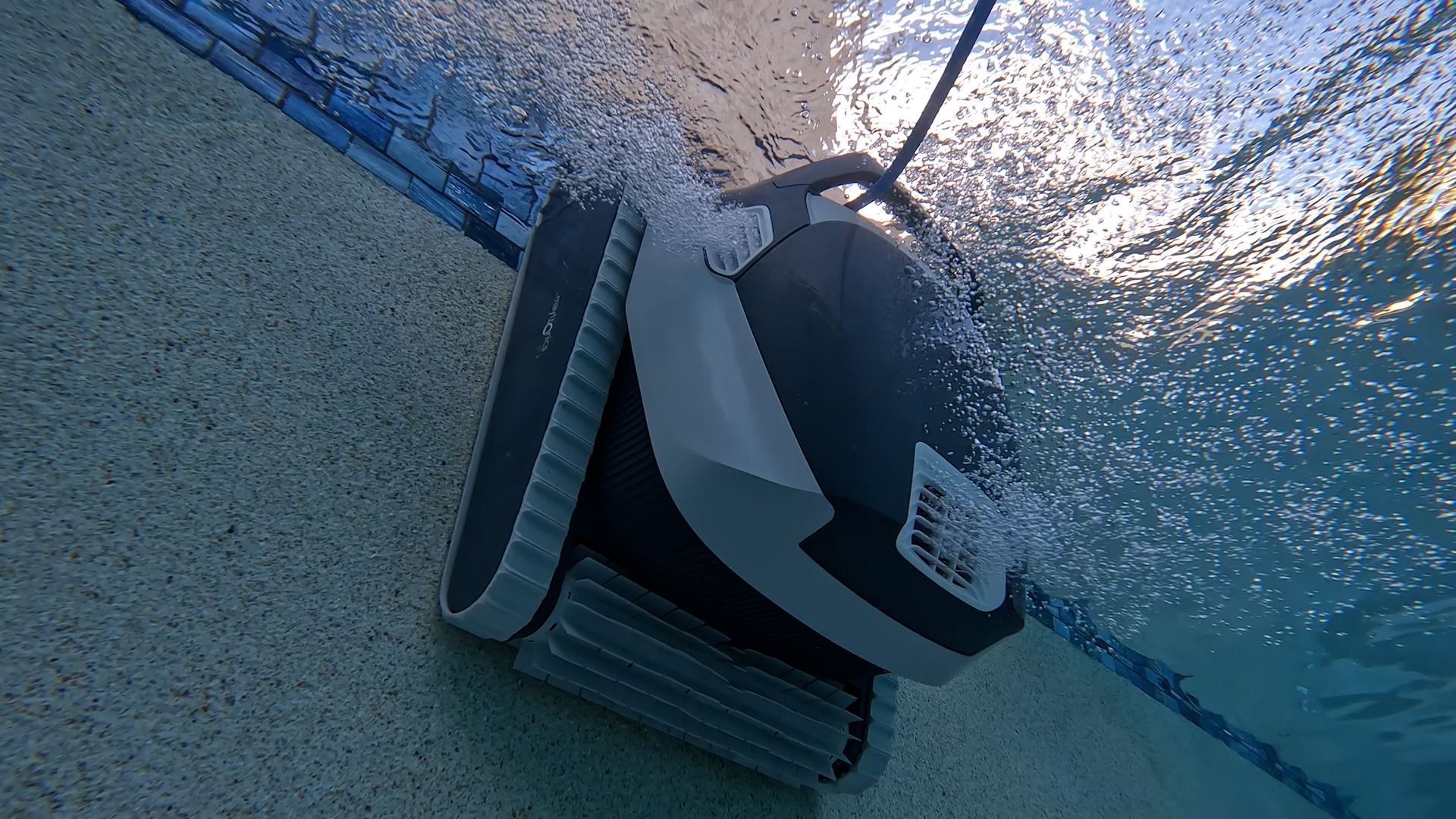
We took the plunge and bought two popular robotic pool cleaners for a head-to-head comparison: the Aiper Seagull 600 and the Dolphin Proteus DX3. By putting both through extensive testing, we aimed to identify their strengths and weaknesses, providing you with a comprehensive analysis to make an informed decision.
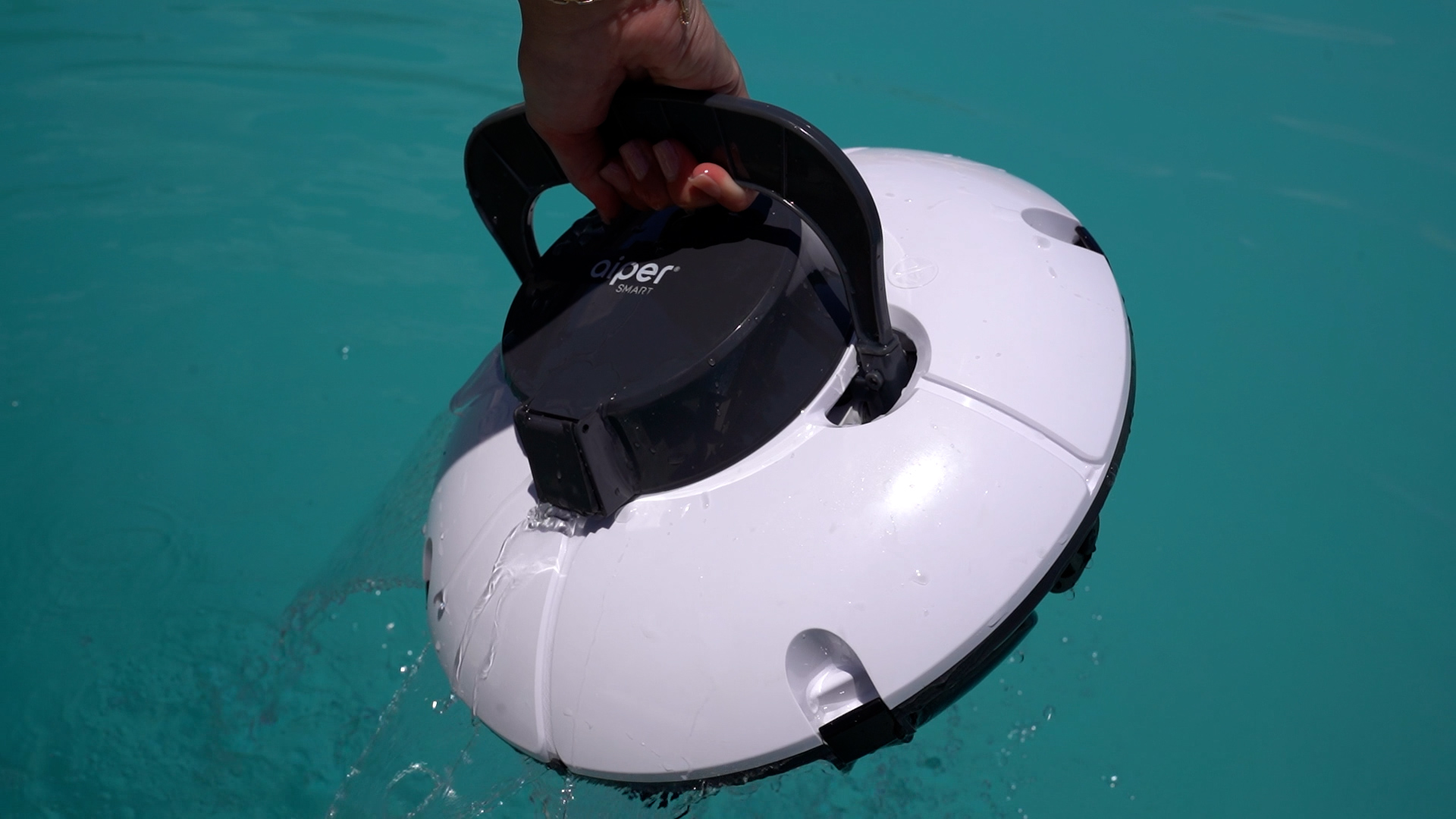
We scrutinized the Aiper Seagull 600 for its affordability. Marketed as a budget-friendly option, it indeed comes at a lower price point but carries noticeable trade-offs in performance and durability. On the other hand, the Dolphin Proteus DX3, although more costly, aims to deliver robust performance with advanced features, albeit with some drawbacks that may impact user experience.
The Aiper Seagull 600, priced to attract, ended up disappointing us in several areas: weak motors, lack of an active brush, and a flat filter that left much to be desired. Conversely, the Dolphin Proteus DX3 showcased reliable power and introduced a handy weekly timer but came with a hidden restocking fee, making us wary of potential costs down the line.

To holistically evaluate these cleaners, we analyzed them on several fronts: pool coverage, filtration ability, and additional features like warranty and design convenience. By focusing on these core aspects, our aim is to guide you towards the most efficient and cost-effective cleaning solution for your pool.
Ready to delve deeper into the specifics of our testing? Let’s explore the pool coverage performance exhibited by each of these models.
We took the plunge and bought two popular robotic pool cleaners for a head-to-head comparison: the Aiper Seagull 600 and the Dolphin Proteus DX3. By putting both through extensive testing, we aimed to identify their strengths and weaknesses, providing you with a comprehensive analysis to make an informed decision.
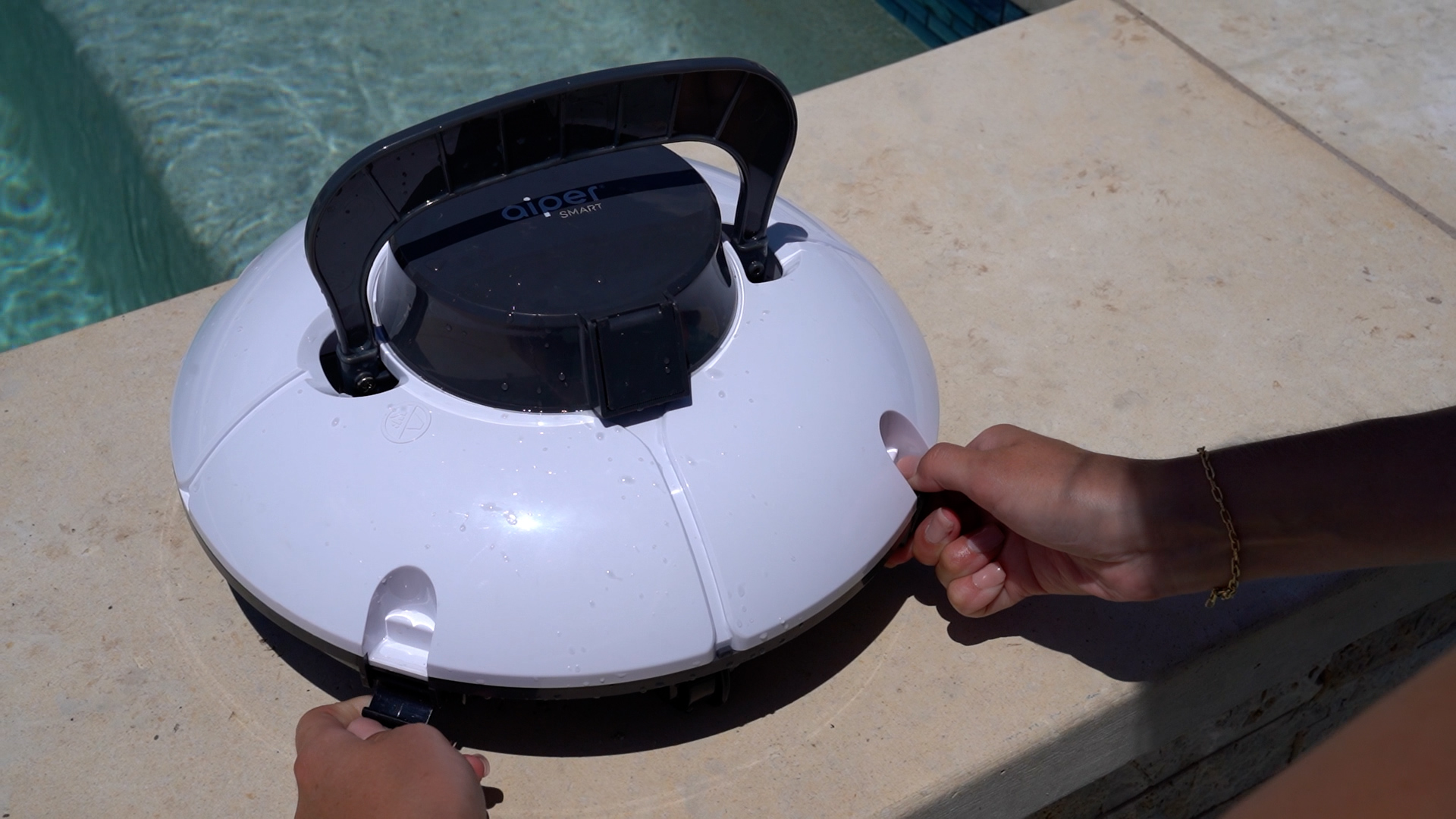
We scrutinized the Aiper Seagull 600 for its affordability. Marketed as a budget-friendly option, it indeed comes at a lower price point but carries noticeable trade-offs in performance and durability. On the other hand, the Dolphin Proteus DX3, although more costly, aims to deliver robust performance with advanced features, albeit with some drawbacks that may impact user experience.
The Aiper Seagull 600, priced to attract, ended up disappointing us in several areas: weak motors, lack of an active brush, and a flat filter that left much to be desired. Conversely, the Dolphin Proteus DX3 showcased reliable power and introduced a handy weekly timer but came with a hidden restocking fee, making us wary of potential costs down the line.
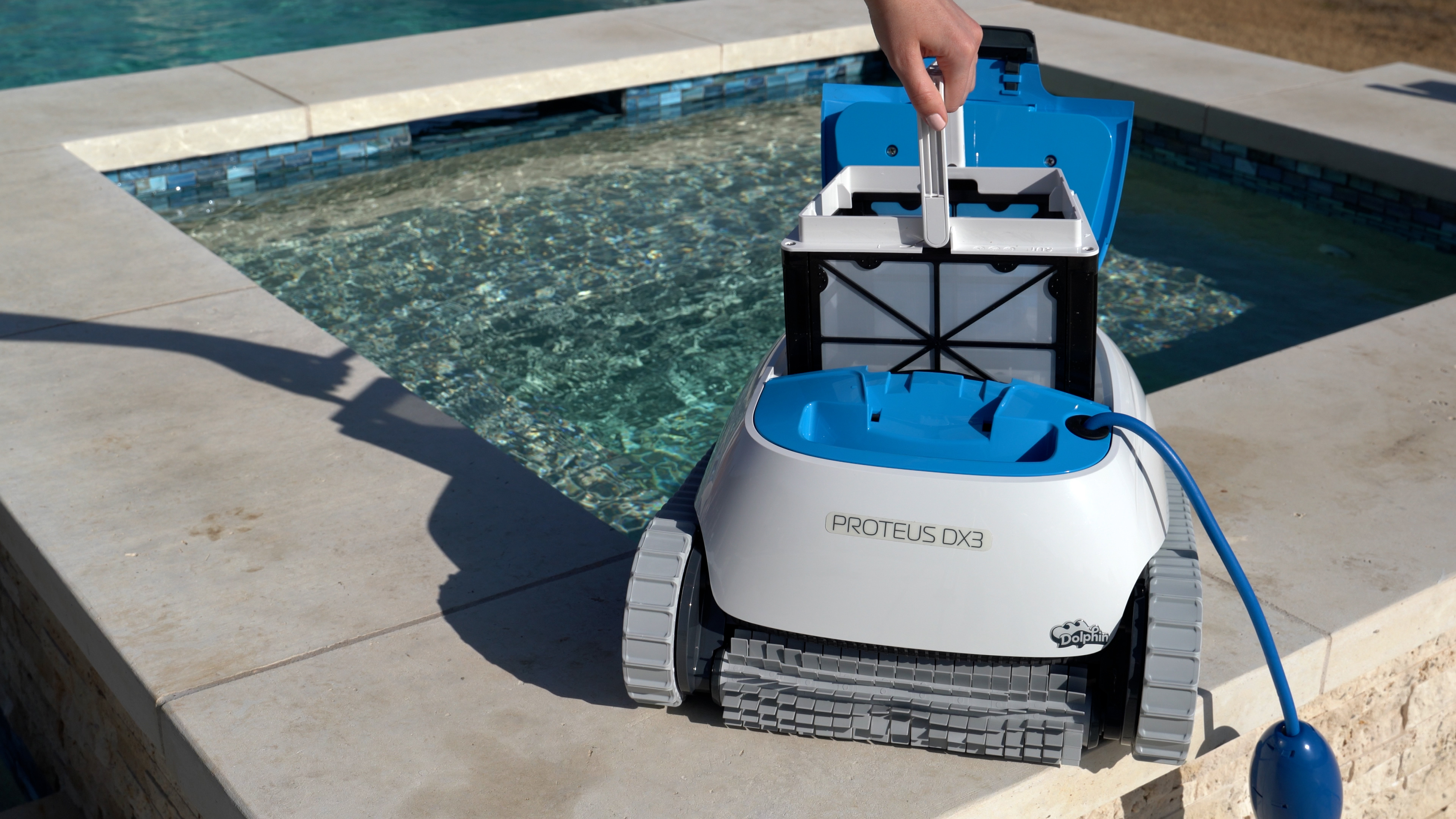
To holistically evaluate these cleaners, we analyzed them on several fronts: pool coverage, filtration ability, and additional features like warranty and design convenience. By focusing on these core aspects, our aim is to guide you towards the most efficient and cost-effective cleaning solution for your pool.
Ready to delve deeper into the specifics of our testing? Let’s explore the pool coverage performance exhibited by each of these models.
## Testing MethodologyOur testing process for both the Aiper Seagull 600 and Dolphin Proteus DX3 spanned over three months. We ensured consistency by using standardized test conditions and methods across both models. The tests comprised daily cleaning cycles in different pool conditions, from light debris to heavy loads.
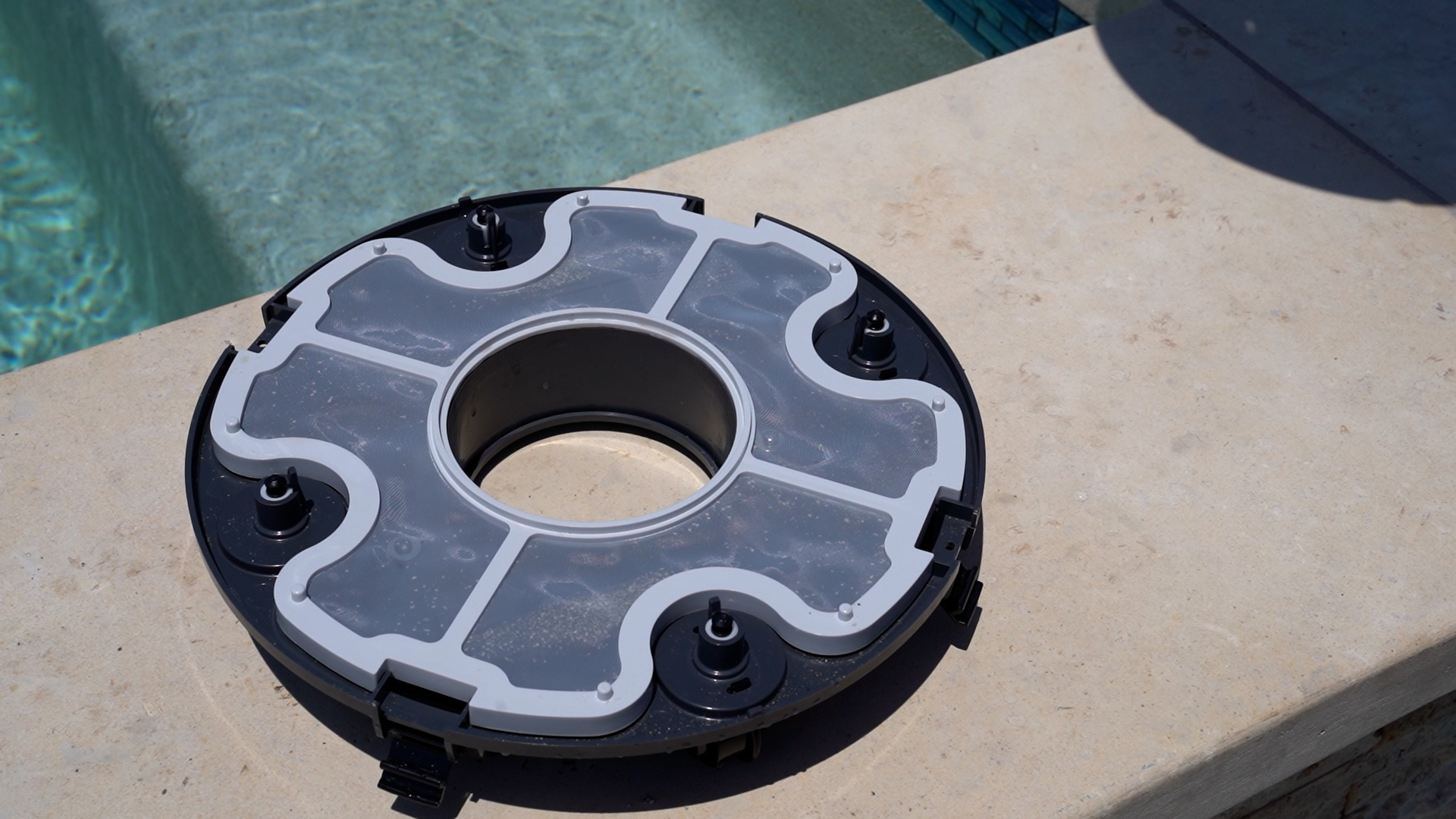
We closely monitored the pool coverage, observing how each unit navigated the pool, including their ability to cover floors, walls, and waterlines. We noted any instances of getting stuck or missed spots, which provided a clear picture of their cleaning routes and patterns. The goal was to gauge efficiency and reliability in real-world scenarios.
Our filtration analyses involved evaluating each unit's ability to capture and retain different sizes of debris, from fine particles to larger leaves and twigs. We checked how easy it was to clean and maintain the filters, a crucial factor for long-term usability and overall satisfaction. This comprehensive approach ensured that we left no stone unturned.
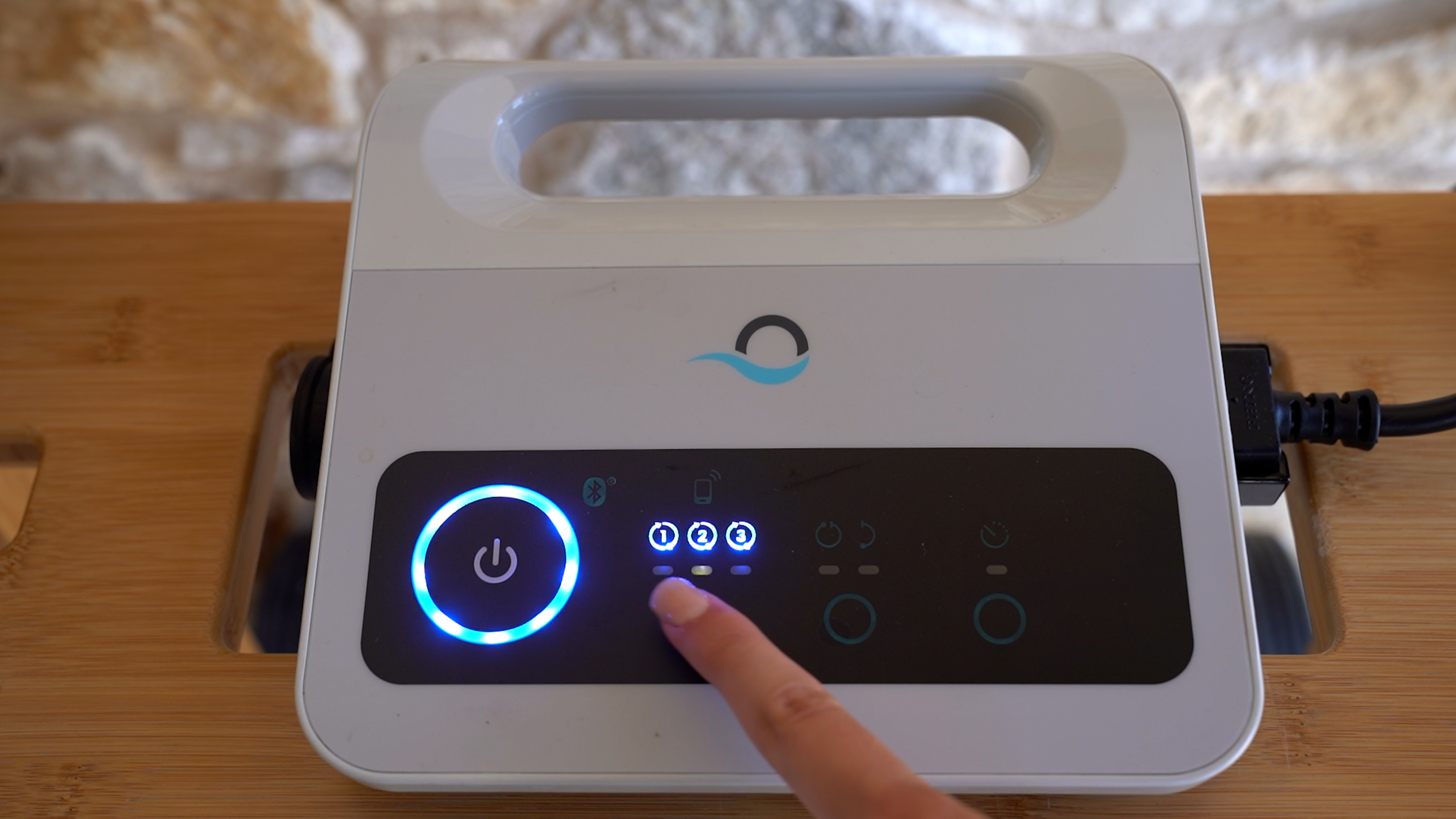
In assessing additional features and warranties, we took note of each cleaner's design convenience, ease of use, and any standout features such as programmable timers or app connectivity. We also investigated the warranty terms and any associated conditions, like restocking fees, to provide a holistic view of each product offering.
## In-Depth Experience and RecommendationsAfter three months of rigorous testing, we found that the Aiper Seagull 600 struggled to meet expectations. Its lack of advanced features and weak cleaning performance left much to be desired. This model might be more suitable for those on a budget and with fewer pool cleaning needs, but it's not ideal for those seeking a thorough clean.
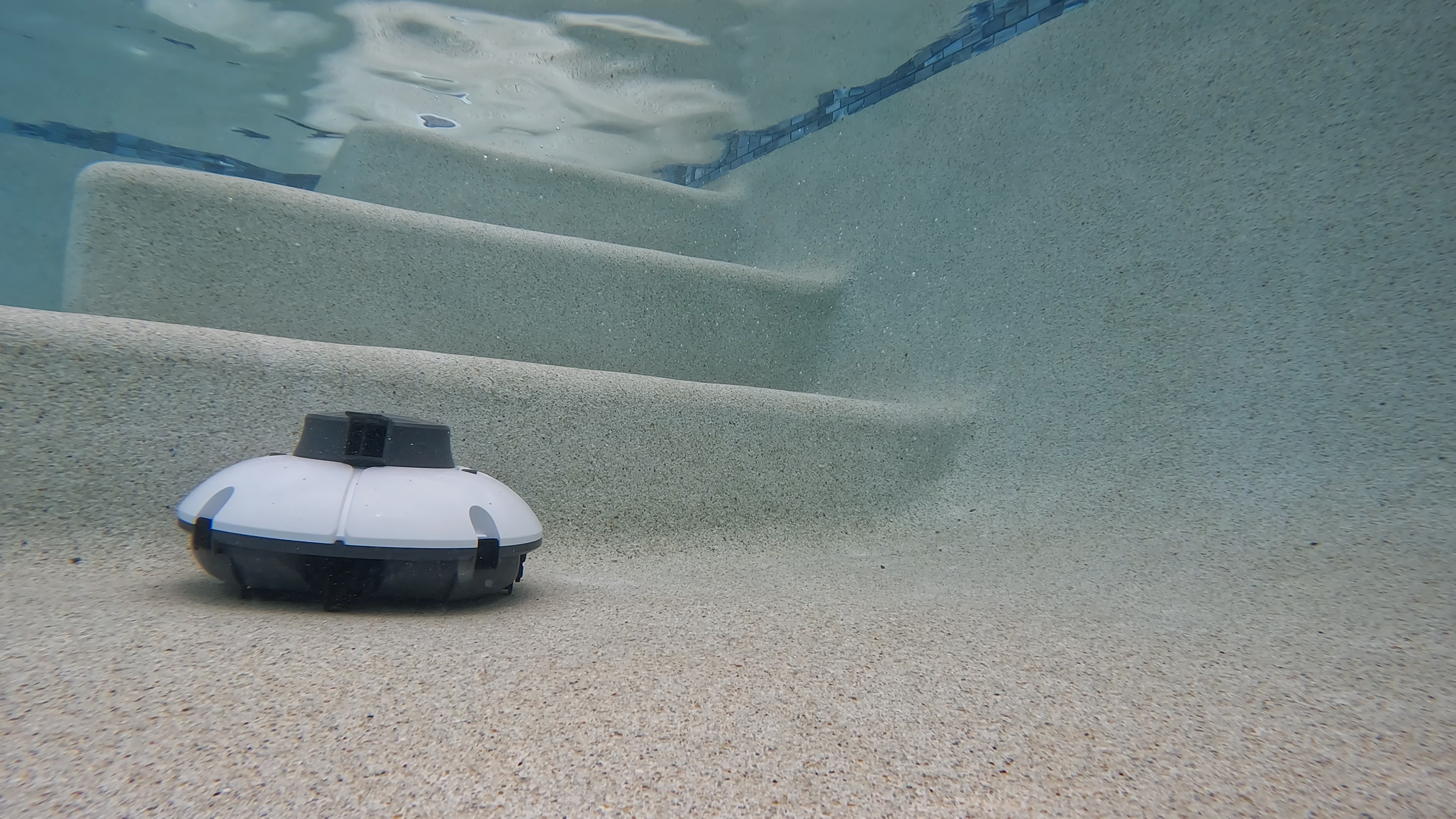
Conversely, the Dolphin Proteus DX3 impressed us with its robust performance. Its powerful motors and effective weekly timer made it a reliable choice, although its lack of NanoFilters and hidden restocking fee were definite downsides. For those willing to invest a bit more for a dependable cleaner, the DX3 offers solid value.
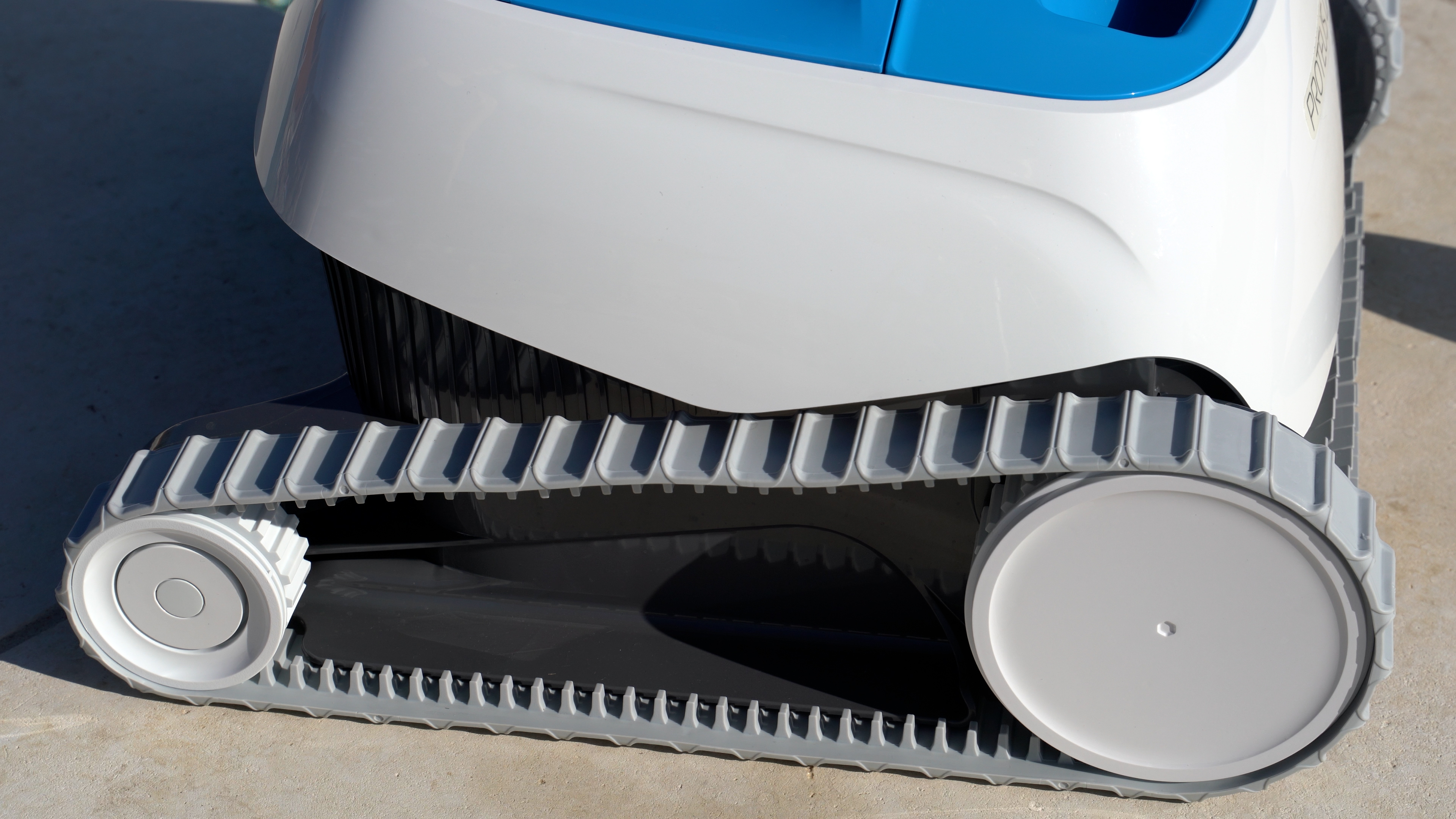
Based on our comprehensive testing and real-world experience, we suggest considering higher-end models like the Dolphin Quantum or Dolphin Premier for those who seek top-tier performance and longevity. These models provide a more comprehensive cleaning experience and better value in the long run.
Check back soon with the Pool Pad team, as we will be constantly letting you in on the best products and methods to keep your pool clean and healthy!
When it comes to pool coverage, the Aiper Seagull 600 falls short, cleaning only the pool floors. Its basic wheels and underwhelming motors struggle to traverse inclines and cannot climb walls. The lack of a navigation system exacerbates the issue as it often gets stuck, moving in repetitive paths without effectively covering the entire pool.

The Dolphin Proteus DX3, on the other hand, can clean both the floors and walls of your pool, providing a broader range of coverage. However, it lacks the capability to clean the waterline, which is essential for a truly comprehensive pool cleaning experience.
Without the ability to clean the waterline, the Dolphin Proteus DX3 still manages to cover more ground effectively compared to the Aiper Seagull 600. Its calculated cleaning path ensures that most areas of the pool are thoroughly cleaned, thanks to its robust cleaning system.
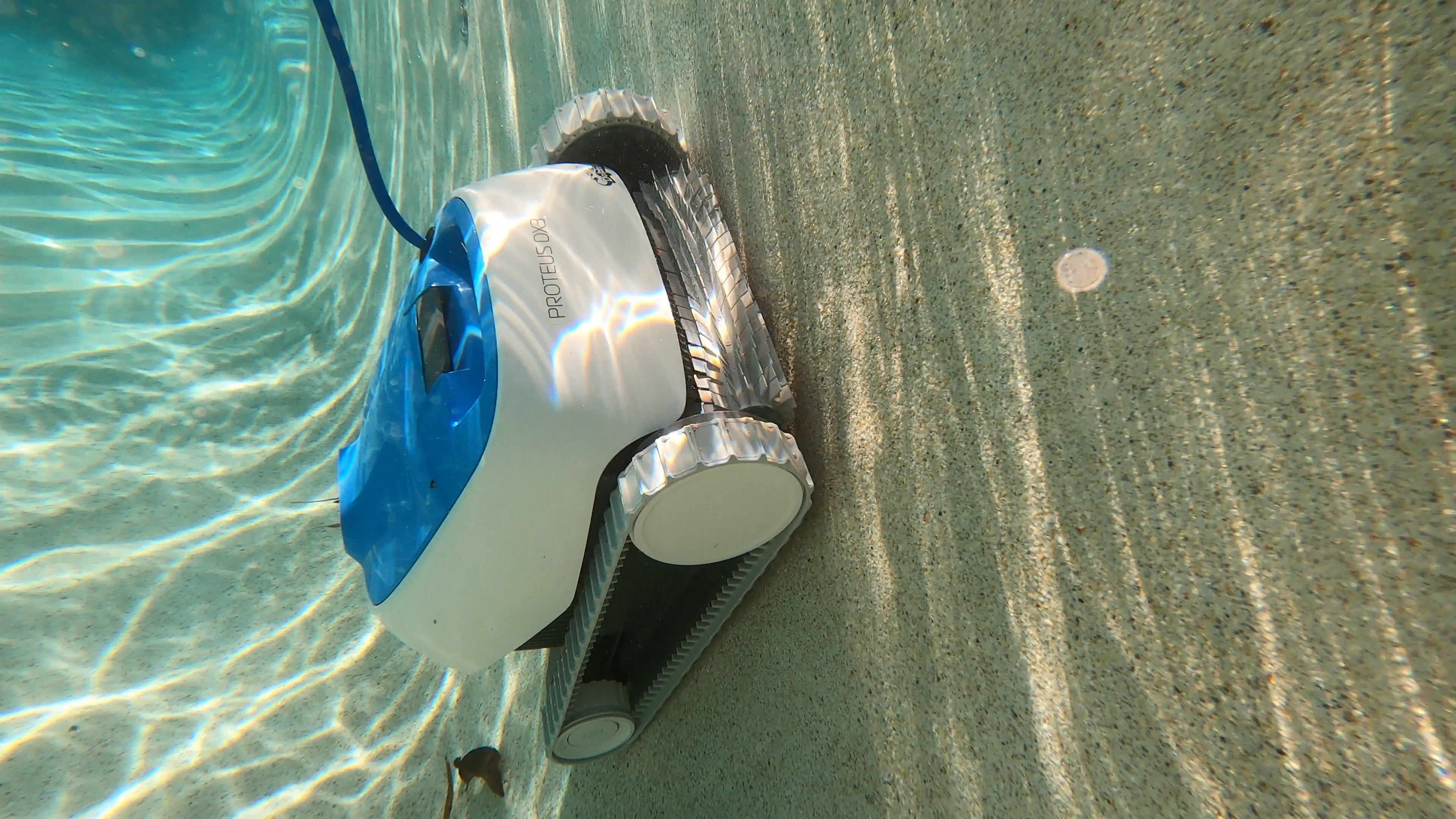
When comparing coverage scores, the Dolphin Proteus DX3 scores an 8/10, significantly higher than the Aiper Seagull 600’s 2/5. The Proteus DX3's higher score reflects its superior ability to cover more areas of the pool, ensuring a more comprehensive clean.
In conclusion, if pool coverage is a crucial factor for you, the Dolphin Proteus DX3 outperforms the Aiper Seagull 600 by a substantial margin. While neither unit cleans the waterline, the Proteus DX3's ability to clean both floors and walls makes it the better choice for those seeking effective pool coverage.
Examining the filtration systems of the Aiper Seagull 600 and Dolphin Proteus DX3 reveals some stark contrasts in design and performance. One of the significant differences lies in the type of filters each unit employs and how they handle debris. The Aiper Seagull 600 uses a flat filter, a design that greatly hampers its effectiveness. This flat filter struggles to capture and retain debris efficiently, making it difficult to clean and often leaving smaller particles behind.
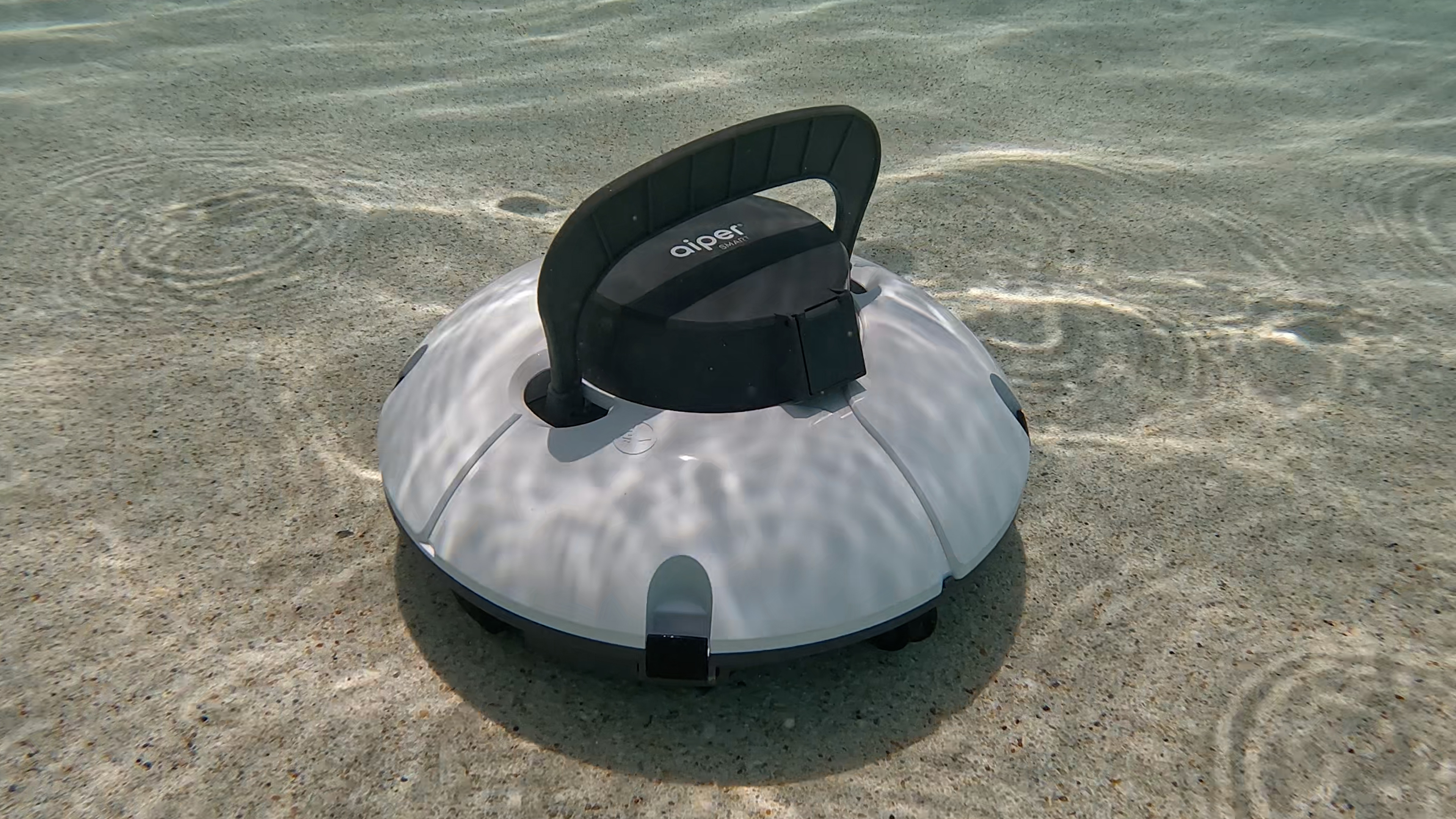
On the other hand, the Dolphin Proteus DX3 is equipped with a standard fine filter basket that provides a more effective filtration process. This basket excels at capturing a variety of debris sizes, from fine particles to larger twigs and leaves. However, the lack of additional filter options, particularly NanoFilters, is a notable downside, especially for pools that regularly contend with cloudy water.
With the Aiper Seagull 600, the filtration ability falls short, especially when comparing it to more advanced units available on the market. Its single-pane mesh filter simply cannot match the performance of more sophisticated filter systems. This limitation leads to frequent clogging and inadequate filtration, making it less appealing for those seeking a hassle-free cleaning experience.
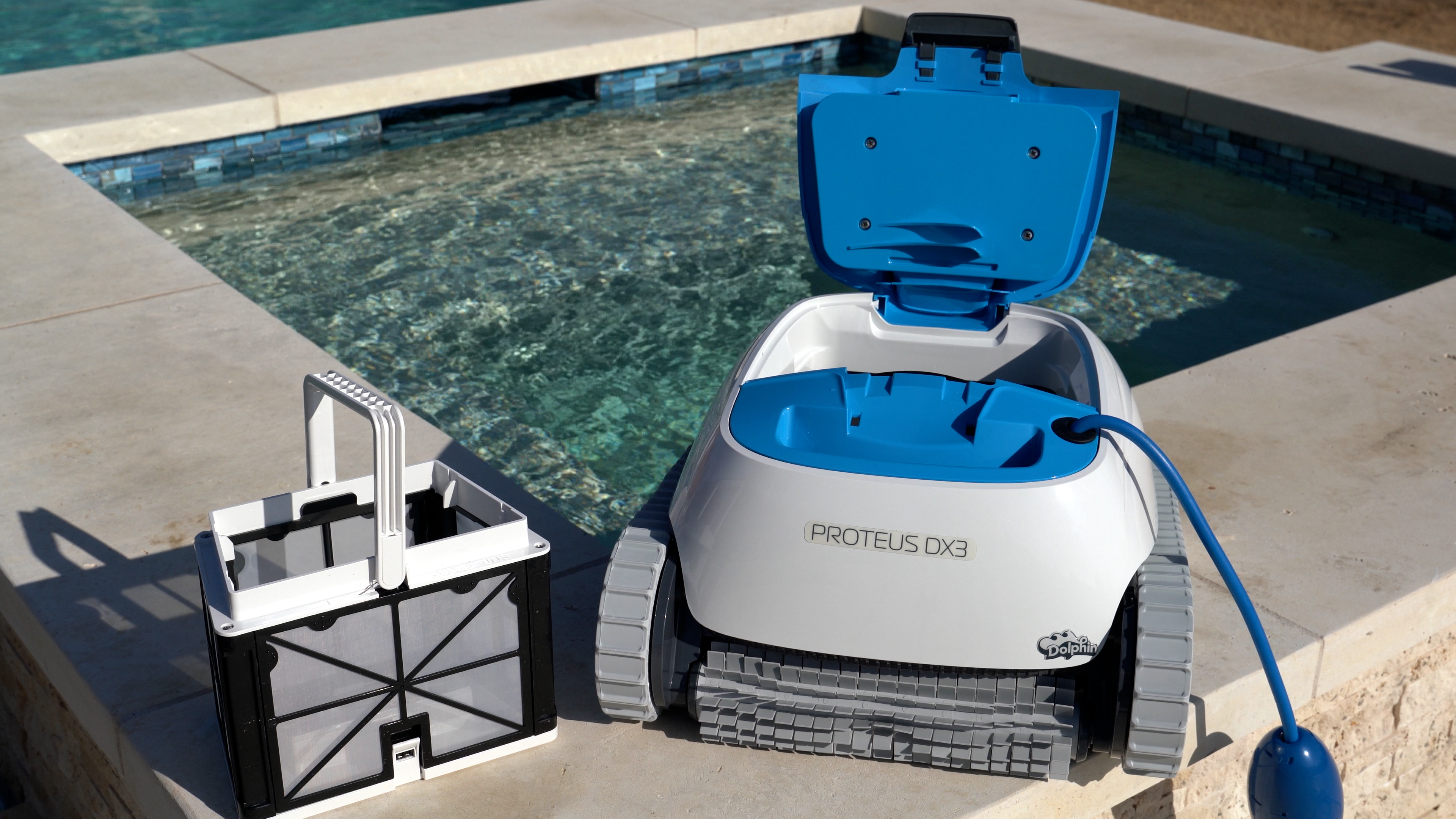
The Dolphin Proteus DX3's filter basket is a step up, offering better filtration and easier maintenance. Its design allows for more debris collection and straightforward cleaning, which enhances user satisfaction. Despite this, the absence of NanoFilters still means it can't handle microscopic particles as efficiently as some other models, such as the Dolphin Quantum or Dolphin Premier.
The filter scores for these two models reflect their capabilities: the Aiper Seagull 600 scores a low 2/5, primarily due to its inadequate flat filter, while the Dolphin Proteus DX3 earns a slightly better 3/5, thanks to its functional standard fine filter basket. Despite its flaws, the DX3's filtration system is more efficient, making it the better choice for those prioritizing effective debris handling.

In conclusion, while neither the Aiper Seagull 600 nor the Dolphin Proteus DX3 boasts exceptional filtration systems, the DX3 edges out as the more capable unit. Its ability to capture a broader range of debris types and easier maintenance make it a preferable option. For those looking for an even higher-performing filtration system, considering models like the Dolphin Quantum or Dolphin Premier, which include advanced filter options, could be a worthwhile investment.
By emphasizing the importance of efficient filtration, we hope to guide you towards making an informed decision, ensuring you select the best pool cleaner for your specific needs. Check back soon with the Pool Pad team, as we will be constantly letting you in on the best products and methods to keep your pool clean and healthy!
When comparing the feature sets of the Aiper Seagull 600 and the Dolphin Proteus DX3, the differences become quite stark. The Aiper Seagull 600's standout feature is its cordless design, aimed at simplifying user setup and operation. However, this convenience is greatly overshadowed by long charging times and weak motors, leading to subpar performance. Without an active brush or navigation system, it finds itself outclassed quickly.
Conversely, the Dolphin Proteus DX3 includes more practical features that enhance usability. The DX3 comes equipped with a programmable timer, allowing users to set it to clean daily, every other day, or every three days, which adds an element of automation missing from the Aiper Seagull 600. However, it does encounter significant drawbacks like a hidden restocking fee which could deter potential buyers.
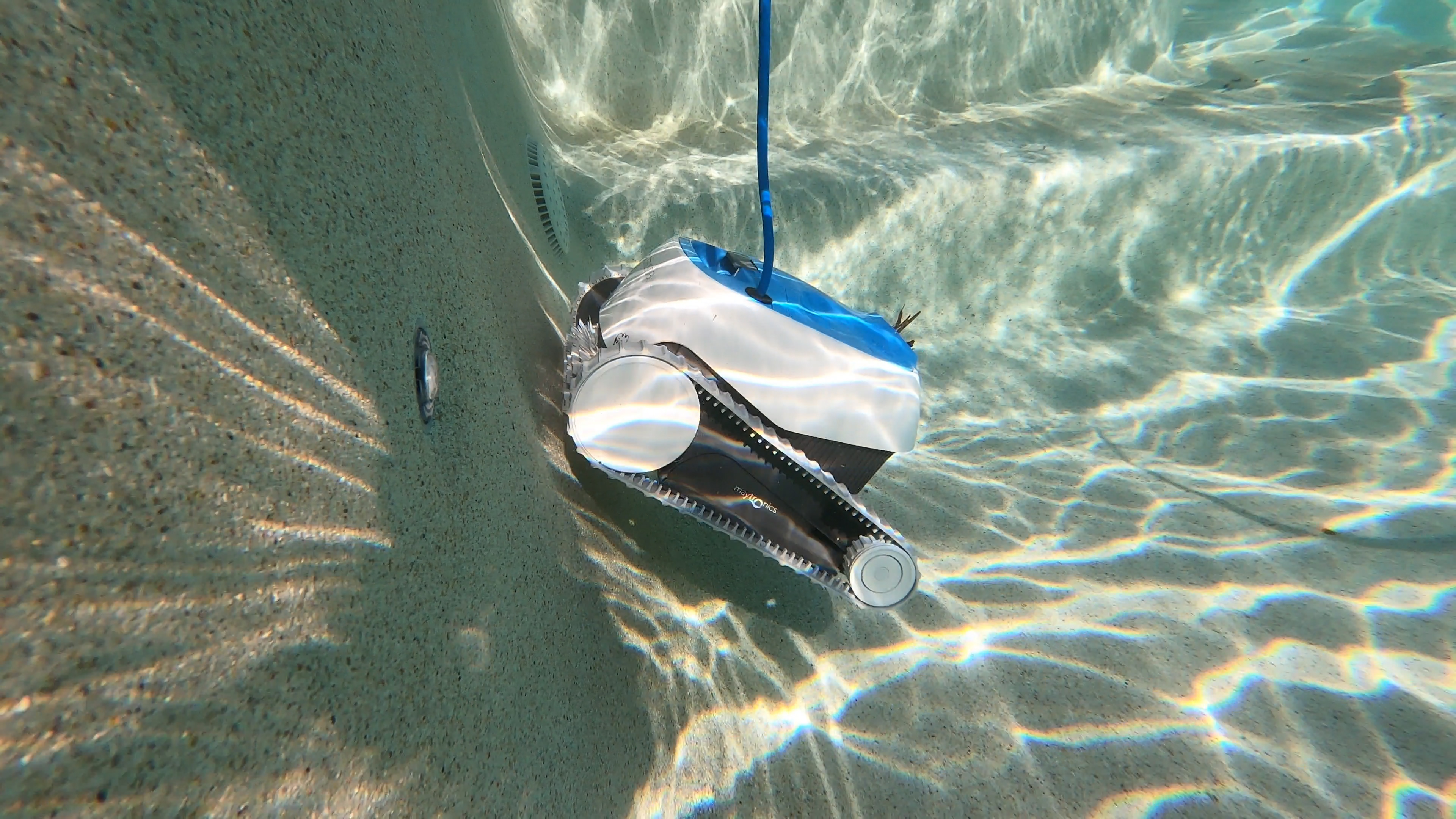
When it comes to cleaning capability, the Seagull 600's features fall short as it lacks crucial components such as an active brush to scrub algae or a navigation system to efficiently clean the pool. The unit requires multiple hours of charging for a short 90-minute clean, making it less user-friendly. The Proteus DX3, on the other hand, delivers a more robust vacuuming power and reliable cleaning path although it still lacks waterline cleaning and the superior filtration offered by NanoFilters found in models like the Dolphin Quantum.
One major advantage of the Dolphin Proteus DX3 lies in its weekly timer. This feature transforms the cleaning routine into a more hands-off experience, reducing the manual work required to maintain a clean pool. The Aiper Seagull 600's cordless design, while initially appealing, does not compensate for its limited cleaning and short operational times, detracting significantly from its usability.
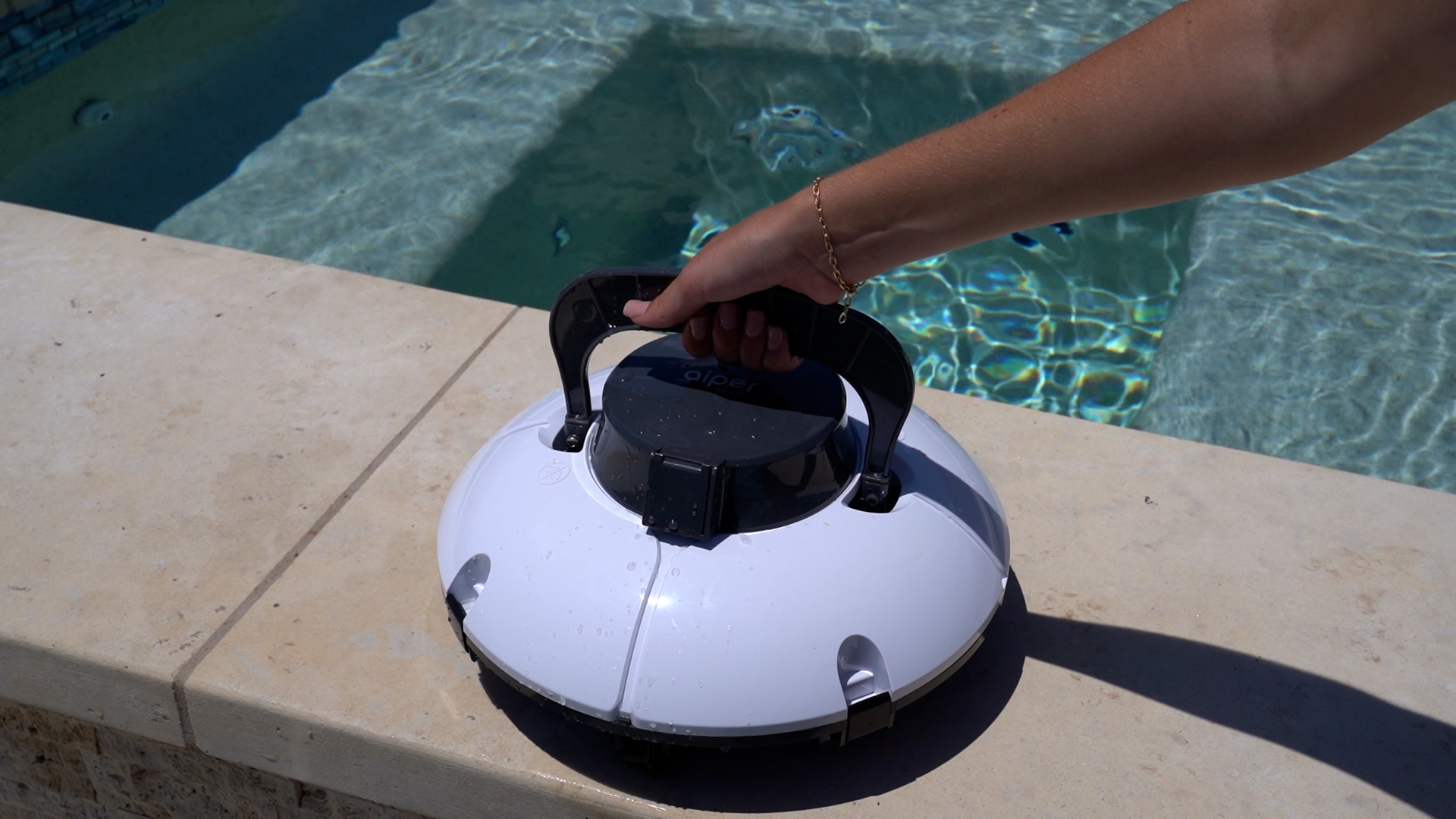
Both models have notable limitations, but their scores in the feature set category highlight their key differences. The Aiper Seagull 600 garners a score of 2/5 in features due to its lack of significant enhancements and inefficiencies. Meanwhile, the Dolphin Proteus DX3 scores similarly low at 2/5 because of its inconvenient handle design and restocking fee policy, even though it includes valuable features like the programmable timer.
Ultimately, if feature-rich functionality and automation are your primary concerns, the Dolphin Proteus DX3, despite its faults, offers a more comprehensive set of features compared to the Aiper Seagull 600. However, potential buyers should also explore other models like the Dolphin Premier or Dolphin Sigma that provide upgraded functionalities without some of DX3’s downsides. These models ensure you receive a superior cleaning experience and better overall value.
Evaluating the overall performance and scores of the Aiper Seagull 600 and the Dolphin Proteus DX3, it becomes evident which unit takes the lead. The Aiper Seagull 600 scores a low 4/10, disappointing with its weak motor, lack of active brush, ineffective flat filter, and limited floor-only coverage.
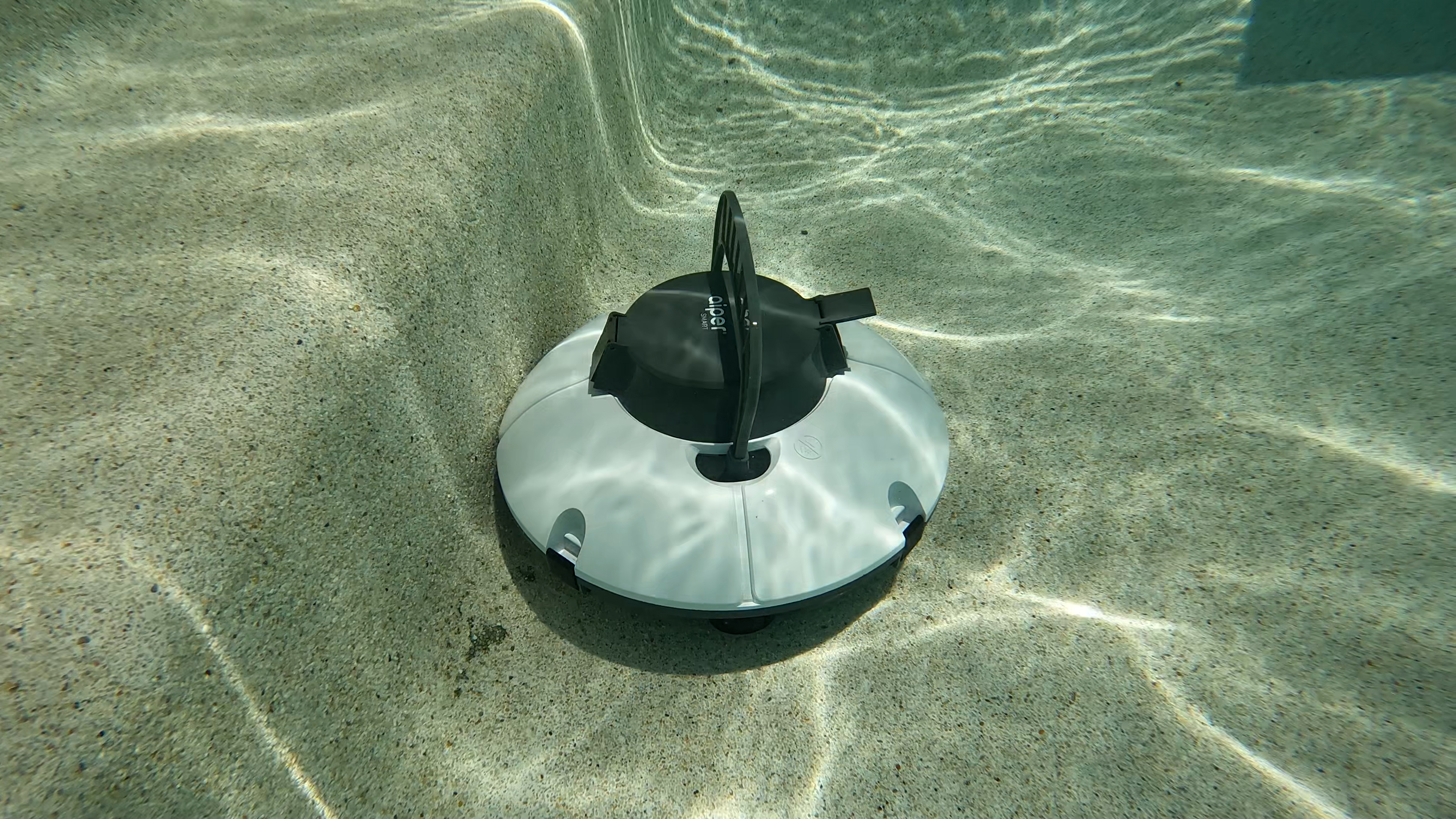
On the other hand, the Dolphin Proteus DX3 manages a better but still modest score of 6/10. Its superior coverage includes both floor and wall cleaning, and it offers a handy weekly timer. However, it falls short with no waterline cleaning, the absence of essential NanoFilters, and the troublesome hidden restocking fee that might affect cost considerations for buyers.
In a head-to-head comparison, the Dolphin Proteus DX3 is the clear winner. Despite its flaws, it provides a more comprehensive cleaning performance and valuable features that the Aiper Seagull 600 lacks. Yet, neither of these models truly stands out as exceptional in the market.
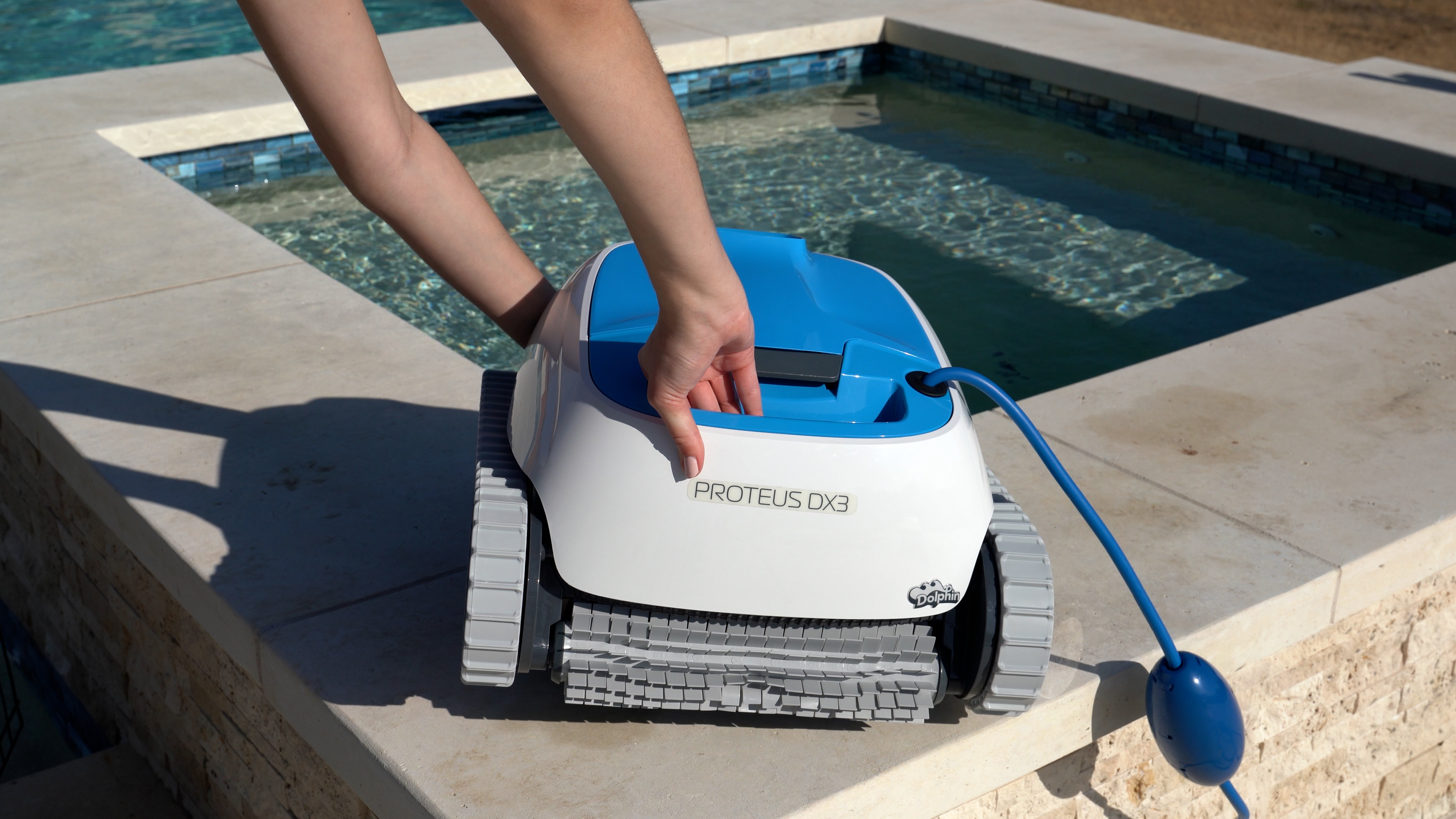
For those desiring top-tier performance and value, we recommend considering alternatives like the Dolphin Quantum, Dolphin Premier, or Dolphin Cayman. These models offer superior features, better coverage, enhanced filtration options, and longer warranties, ensuring a truly clean and hassle-free pool experience.
Stay tuned and check back soon with the Pool Pad team, as we will be constantly letting you in on the best products and methods to keep your pool clean and healthy!
Given the shortcomings of the Aiper Seagull 600 and the Dolphin Proteus DX3, exploring other highly-rated robotic pool cleaners can present more reliable options. One alternative to consider is the Dolphin Escape.
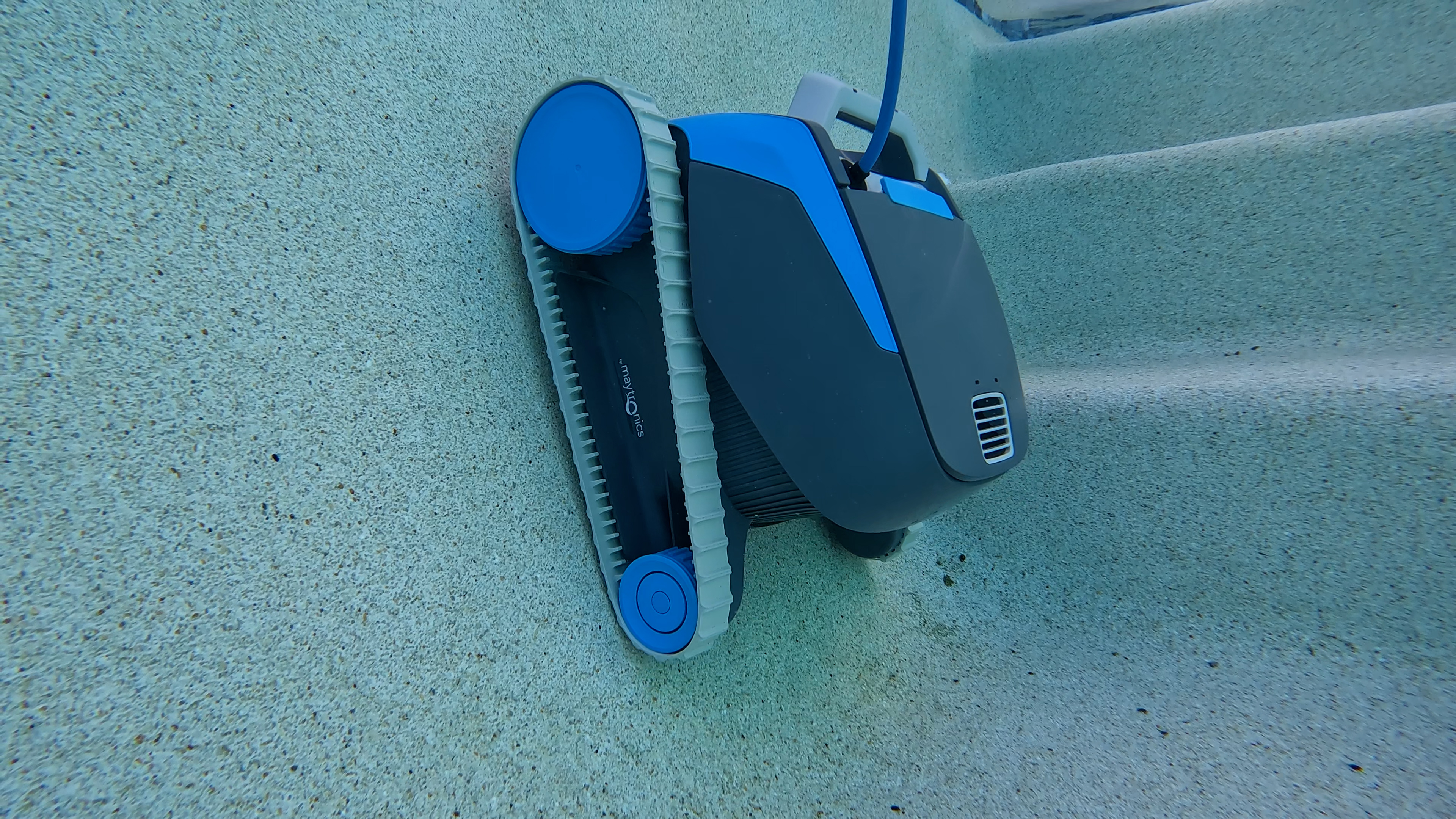
The Dolphin Escape is an excellent choice for those who have above-ground or smaller inground pools. Some standout features include its HyperBrush, which spins at double the speed to dislodge and collect debris efficiently. Additionally, it utilizes the SmartNav 2.0, which helps navigate and map the pool efficiently, ensuring comprehensive cleaning.
Unlike the Aiper Seagull 600, the Dolphin Escape offers more robust floor coverage and partial wall climbing. Its MaxBin filter can hold substantial debris, providing a more extended cleaning session without needing frequent emptying. Although it does not clean the waterline, its capabilities outshine both the Seagull 600 and Proteus DX3 in aspects of power, filtration, and reliability.
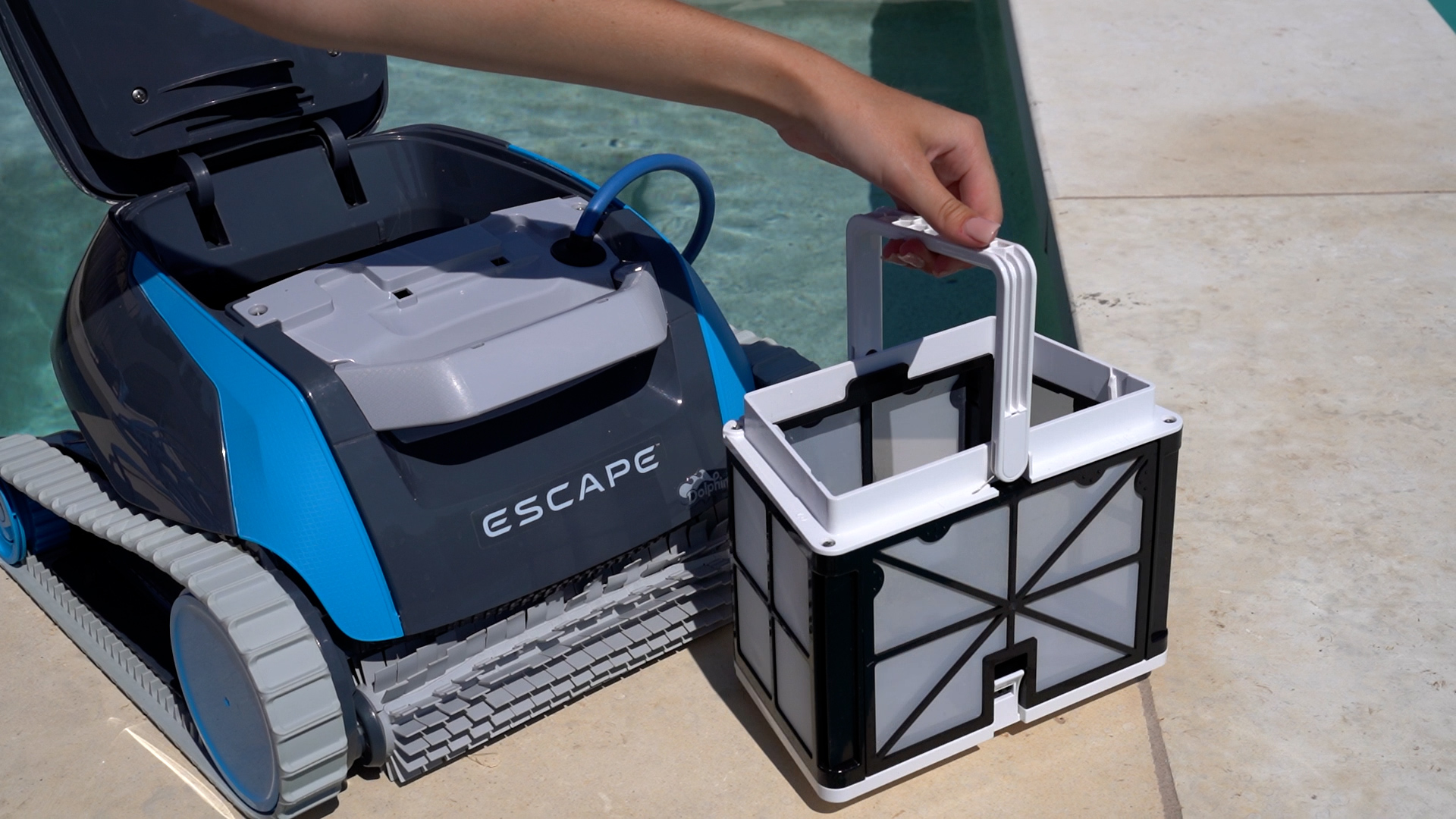
While evaluating alternatives to the Aiper Seagull 600 and Dolphin Proteus DX3, the Dolphin Escape stands out as a superior choice for effective and comprehensive pool cleaning.
For those wanting even higher performance with additional features, models like the Dolphin Premier, which comes with a range of multimedia filters and exceptional waterline cleaning, or the Dolphin Quantum, known for its larger XXL MaxBin and PowerJet 3D mobility, could be considered.
